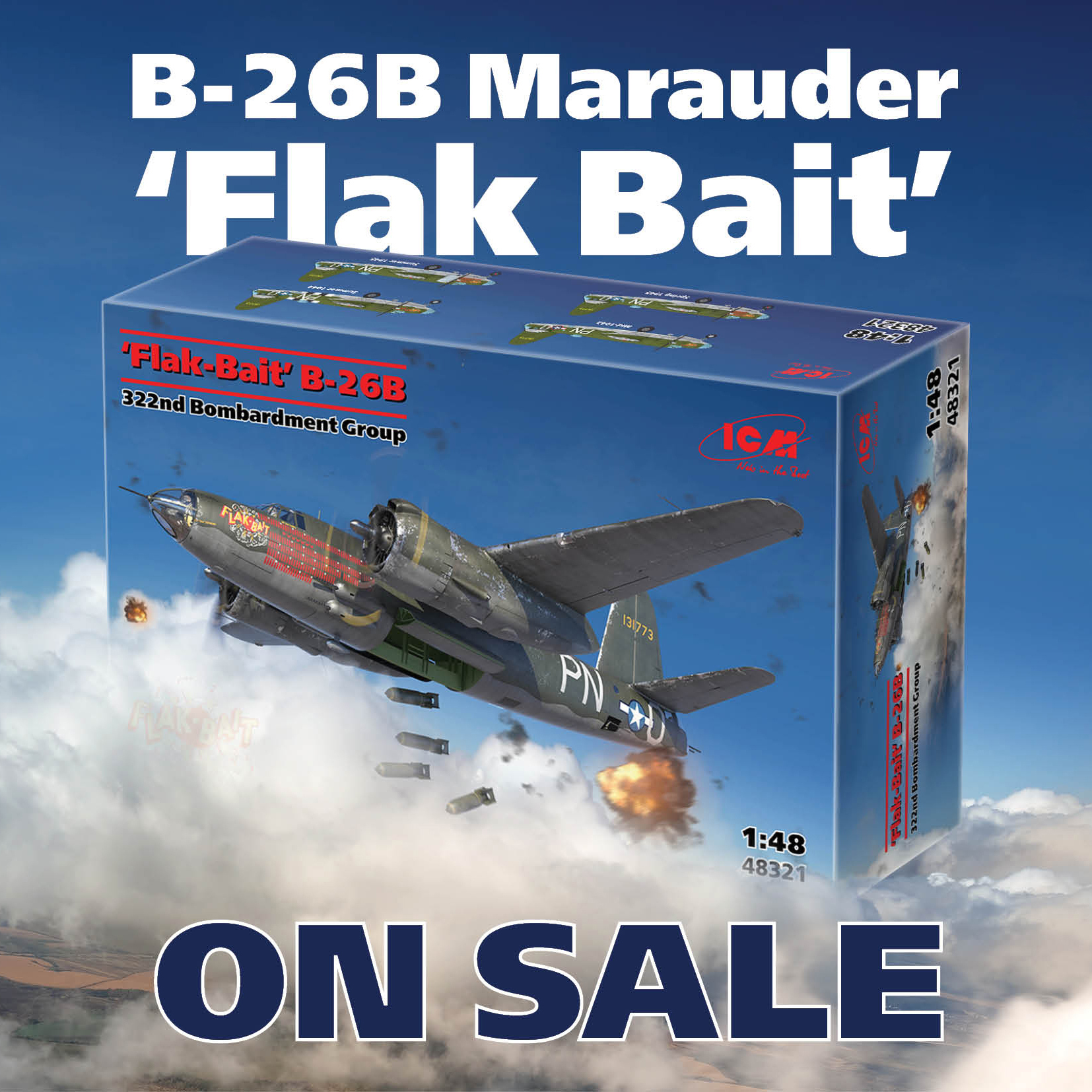
Introduction
The following introduction is taken from the ICM website:The Army Aviation of the Imperial Japanese Army during World War II was tasked with supporting ground unit operations and engaging enemy aircraft. The strike force of the aviation included bombers of various types, among which were the Ki-21, known to the Allies as “Sally.” The first prototype of the aircraft took to the air on December 18, 1936, and during the following year, flight tests of the prototypes took place. Mass production began in the spring of 1938, and it was produced by two factories – Nakajima and Mitsubishi.
Bomber pilots wore flight uniforms designed in the early 1930s when carrying out missions. These could be summer or winter uniforms, with a lighter tropical version also available. Leather boots were worn, with pilots often writing their names on the inner surface. Ground personnel wore simplified versions of the uniform, often practical and comfortable overalls with fabric belts. Footwear could include leather military boots or the distinctive Japanese “Jika-tabi” with a split toe.
Review
This release arrives in a sturdy flip top cardboard tray with a separate card lid. Inside the sprues are packaged in 2 plastic bags - the aircraft in 1 and the crew in the other. An examination of the mouldings reveals no major concerns and part access is good, just be careful when removing the finer to avoid breakage.
The fuselage of this release has good internal detail, with rib detail covering nearly the entire interior of the model and fillets have been provided to hide the wing roots on the interior. One area that does concern me, is that the tail section is separate from the rest of the fuselage and so you will need to make sure that this joint is fully closed up and correctly aligned. The pleasing interior detail continues with a reasonable bomb bay that I am sure could be further enhanced if desired. The cockpit area which a lot of sits above the bomb bay features fuel tanks, a reasonable detail for the pilot and co-pilot, but again could benefit from further additions. The area behind the bomb bay has some detail present, which I believe was gunnery locations. There are what I believe to be drum magazines on a large number of areas on the rear, which add some pleasing visual detail. The guns that are included are reasonably detailed on the exterior, but you may wish to add some detail to the muzzle in order to make it look like a barrel rather than a solid bar. Travelling through the interior completely, my only gripe is that ICM have again not included any harness detail for the seats.
When you move to the exterior of the model, you have some very large glazed areas and while ICM has provided a guide for making your own masks but with there being so much glazing and framework I would consider purchasing a set of masks for the clear areas of the model. The bomb bay itself can be shown open or closed depending on what you wish. The flight control surfaces are provided separately for both the tail and wings, and so can be set as desired. The undercarriage requires the addition of some brake wires, but is otherwise reasonably detailed and benefits from being attached to the main part of the model prior to the engine nacelles being attached. The engine nacelles themselves are provided with a reasonably detailed radial engine where the piston detail is concerned, and if I am totally honest are hidden from view.
ICM has provided 4 finishing options for this release:
Ki-21-IB “Sally” 60th Sentai (60th Air Group), China, 1940
Ki-21-IB “Sally”, 60th Sentai, 2nd Chutai (60th Air Group, 2nd Squadron), China 1940
Ki-21-IB “Sally”, Hamamatsu Army Flying School, Japan, Probably 1941
Ki-21-IB “Sally”, 25 Hikodan Shireibu Hikohan (25th Air Brigade HQ Flight), Japan, 1943
The figures provided in this release are from 48053.
This offering from ICM provides three aircrew and two ground crewman. 1/48th scale figures is an area of the hobby where ICM excel as regards detail for injection moulded figures and this offering is as good as any. The aircrew are wearing cotton heated flying outfit as used in winter flying. The details of this outfit looks pretty spot on to me. The four point harness detail also gets a thumbs up both in how it looks and its position on the figures. Head, hand and footwear also look accurate for a winter uniform set up. Two of the aircrew have swords with them that I believe was restricted to officers and a parachute is provided/ but the centre cover seems to be out of shape according to my reference, but this may depend on when during the war as the patterns do seem to change. The result of this is that I cannot critique them in any way.
The ground crew in this offering also look good in most respects. The uniform is army issue green and consists of a one piece coverall worn with a belt. Head wear is army uniform of the period and is correct. The only part I question is the boots they are wearing as shoes and puttees seems to be the order of the day. So other than my questioning of the boots everything looks accurate from my limited knowledge. -
Conclusion
This duel kit release from ICM gives you the basis for a reasonable ground diorama. The contents themselves build up nicely, and with some DIY by the modeller you have the possibility of a very pleasing model setting. The aircraft itself has a decent interior, with what is in the box but could certainly be lifted higher with some additional work and after market.


















































